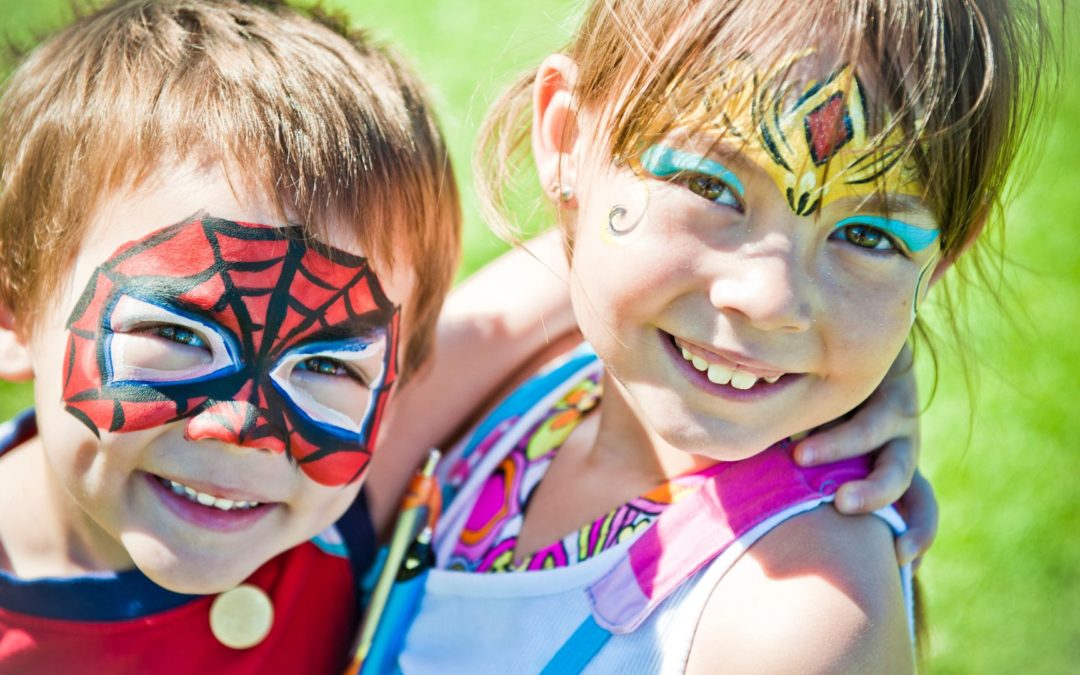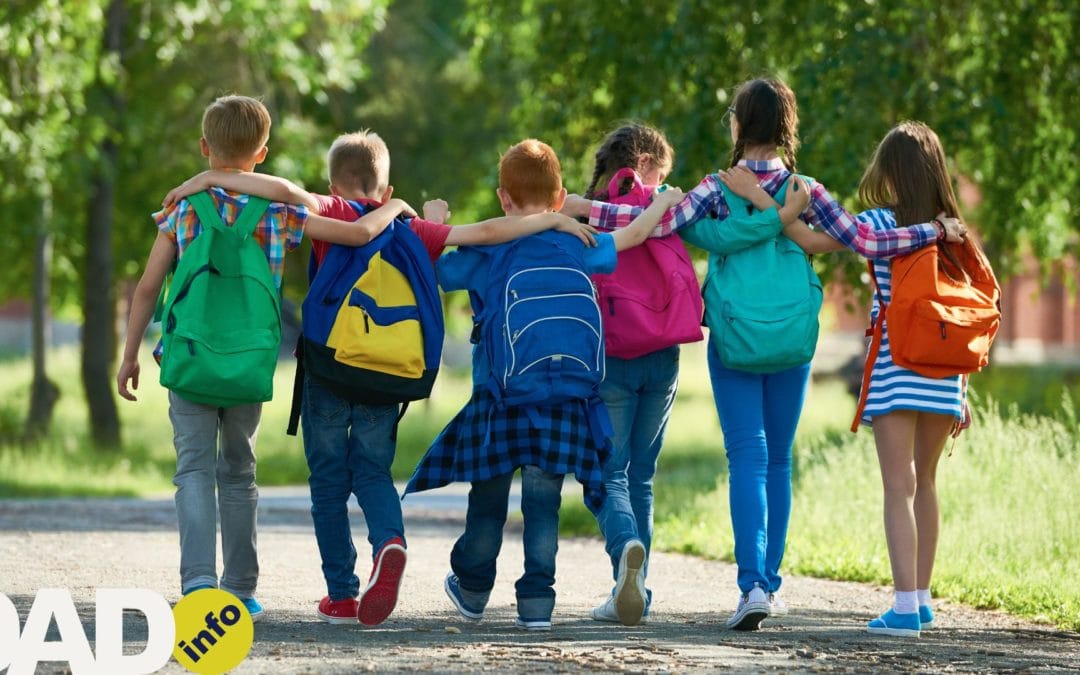
There are many benefits for children in having a pet: not only is a furry companion a fun addition to their lives, but it also teaches them about caring for others, and life and death. The trouble is, pets are a hassle, and require care, expense and time.
Choosing a pet for kids isn’t easy; they may want a dog, but will they get bored of the need for walks? (Plus, who will get saddled with picking up the poop? Let’s face it, it’s going to be you!) Smaller pets may seem like an easier option, but most need far more space than you’d think, and daily clear-ups. So, with so many options available, here’s our guide to choosing a pet for your child.
Goldfish
Fish may seem boring, but there is much fun to be had for kids setting up the tank, choosing a new fishy friend, and feeding them daily. Day to day, fish are low-maintenance. Just check for any signs of illness (are they floating on their side? If so, things aren’t going well), give them a feed, and clean them out once a week.
Like any pet, there is a chance that children will lose interest after a while, but if so, at least you’ve only got a goldfish to worry about.
Hamsters
Hamsters can seem like a good first pet option- they’re cute, small, and won’t take over the house. Caring for a hamster is also relatively inexpensive. However, as nocturnal animals, you many find yourself woken up by a hamster’s night time activities, and they can often be asleep when your child wants to hold them.
Hamsters also bite hard enough to draw blood, and live only for a couple of years.
Guinea pigs
Guinea pigs are a great choice for children. They enjoy sitting on their owner’s laps, and sometimes even climb up to perch on your shoulder. They’re gentle animals and very entertaining to watch- if you can’t find your guinea pigs then chances are you’ll find them hiding together under a blanket like they’re playing hide and seek.
As their diet is mainly hay they don’t cost much to feed- just add a daily dose of nuggets. They’ll need an enclosure that is bigger than you might think- the RSPCA recommends nothing smaller than 4 feet x 2 feet big (otherwise they’re in a hutch the same size as a human being stuck in a toilet cubicle- a horrible life).
They can be kept either indoors or outside, but they will need to come inside during winter. They also need to be kept in pairs at the least, or they get lonely. Overall, guinea pigs make lovely pets which enjoy a cuddle.
Rabbits
Gone are the days of buying a rabbit and leaving it in a tiny hutch in the garden. Thankfully, awareness is increasing about care of rabbits, and how much space they actually need. These active pets need at least 12 feet of living space, to hop around and play in. Many rabbit owners now keep them as house-roaming animals, similar to a cat or dog.
However, don’t be concerned about poop. Rabbits are easily litter trained (just give them a covered cat litter box with hay in one end and they’ll hop in and use it regularly). Plus, their poop is odourless and hard, so makes very little mess.
The main downside of owning rabbits is their love of chewing. You’ll need to make sure wires are out of the way (or you may find your wi-fi suddenly stops working) and watch out for skirting boards being nibbled.
Rabbits also don’t generally like being cuddled- for them, being picked up means they’re going to be eaten. They can sit on laps and be stroked, though.
They also need to live in pairs or suffer from intense loneliness. Having a pair of rabbits is a joy, however- they will cuddle up together to sleep, groom each other and binky (leap) about happily.
Cats
There’s a great reason why cats are so popular- they make brilliant pets. They’ll never need walking, and are self-sufficient to a degree, coming and going as they please. There are downsides to cat ownership- smelly poop is one of them, as is their love of scratching the furniture (and sometimes, humans). They also shed fur and sometimes have a habit of bringing in half-dead small animals from outside.
However, anyone who’s had a cat and enjoyed it falling asleep on their lap for the evening will tell you what great company they are. Children will enjoy petting and feeding their pet cat and their kitty friend visiting their bedroom.
Cats are also clean animals, and quiet- no fears of relentless barking here! They also work as pets to keep in flats- they don’t need to roam outside and can be kept happily indoors with toys and a litterbox.
Dogs
Is there anything better than opening the front door to find an excited face greeting you? As far as feelgood factor goes, you can’t do better than a dog as a pet. Dogs make great buddies for the children they live with, and bond deeply, offering lifelong unconditional love. They’re a great de-stressor and comfort for children, particularly for those who are anxious or struggle to make friends. They’re playful and fun, and become another family member, coming along on trips and outings to the park.
So what are the downsides? Well, for a start, dogs aren’t low maintenance pets. Puppies will need attention overnight and it will take a while for them not to disturb your sleep. Plus, dogs need exercise, training, poop clear-ups, grooming, and you’ll need to take their needs into account for days out and holidays (is it us or are dogs sounding a lot like children?!).
Sadly, over recent years there have been many worrying news stories about both children and adults being mauled to death by dogs. We have a helpful guide about how to safely introduce dogs to children, and also guidance on the best breeds of dogs for children.
If you’re willing to put in the work, having a dog can be hugely rewarding, and kids will have a furry best friend who is always keen to see them.
Exotic pets: tortoises, lizards and more
The popularity of reptiles as pets is on the rise, and they can make interesting pets for kids. It’s worth investigating the size of vivarium or enclosure that they will need, though: for example, tortoises will need a large tortoise table and geckos need a vivarium sized up to 40 gallons.
Many reptiles also need live food, and some children won’t enjoy feeding live crickets to their pets. Some geckos can also climb walls and end up on the ceiling, so need to be handled responsibly.
If your child wants a reptile pet, find a local reptile specialist and get all the details on care needs before splashing out- the cost of lamps, enclosures and food can pile up.







